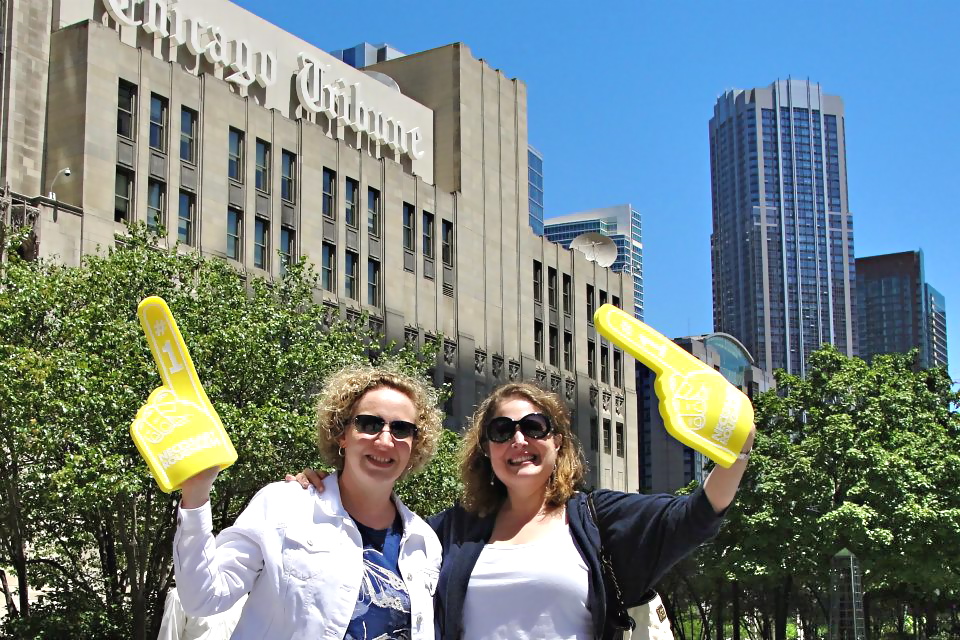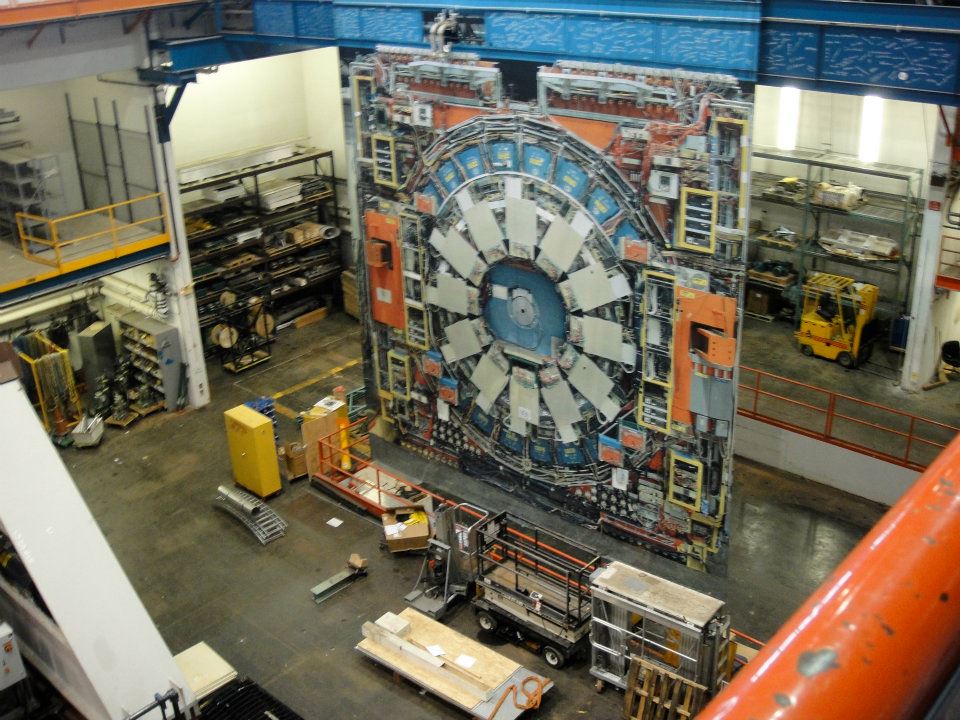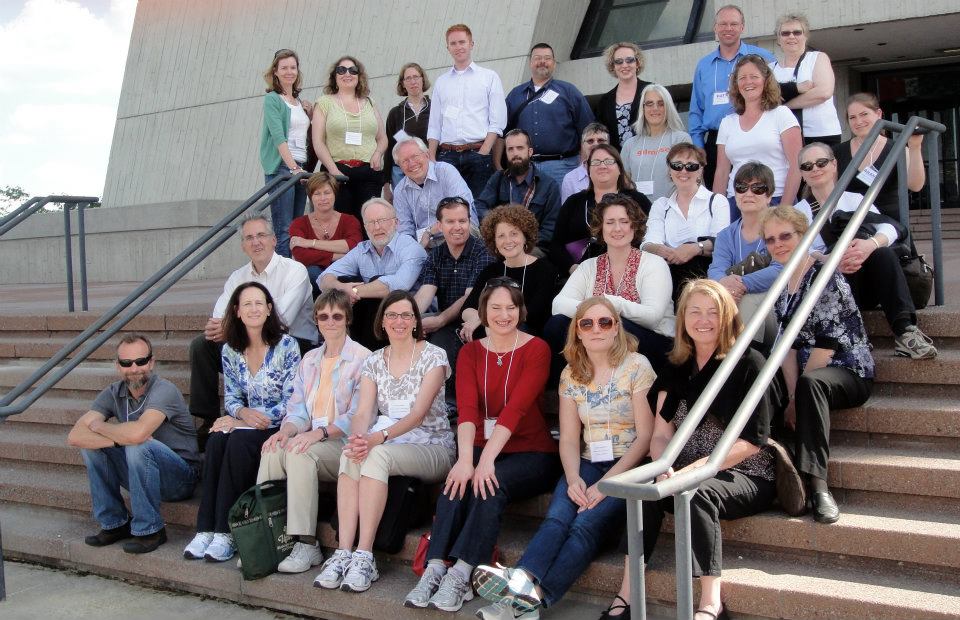You know that word-nerd friend of yours who relishes correcting everyone’s typos and grammatical slip-ups? Now picture dozens of that type in the same place for four days. Yes, that’s the basic scenario of the annual meeting (from which I just returned) of URMA, the University Research Magazine Association, a professional organization for those who write, edit, design, and publish magazines about academic, non-profit, or institute research. If you’re an URMAn (a member of URMA and the wider URMAnity, naturally) the chance to get together with our own kind— pencils sharpened, iPads charged and glowing, and Twitter accounts chirping—is exactly the kind of geeky career development experience we look forward to all year.
It doesn’t hurt when the annual conference (hosted at a different member institution each year; Penn State took a turn in ’08) gives you the chance to experience Chicago and Evanston as well. URMA 2012, sponsored by Fermilab and Northwestern University from June 4th through the 8th, kicked off with a Chicago Architecture Foundation river tour.
It was a great way to mingle with colleagues and take inspiration from the skyline of Chicago, birthplace of the skyscraper and home to signature buildings by virtually every major architect.
After the boat tour, we had time to walk around a bit downtown, aka The Loop. A highlight for a bunch of writers? I’ll let this photo show you.

On the second day, we put our foam fingers away and it was down to business. The next few days were filled with lectures on the lush Northwestern campus.
Some of the talks were given by our own members and some by Northwestern’s Medill School of Journalism, and were on such topics as audience research, social media, and publishing on mobile devices. We also took several interesting tours on campus. At the Charles Deering McCormick Library of Special Collections we learned about their digital archives, special collections, and preservation capabilities. We also experienced the new analytical facility in the Department of Earth and Planetary Sciences. Need proof? Well, here’s a bunch of URMAns in anti-static “bunny suits” inside the Radiogenic Isotope Laboratory’s state-of-the-art cleanroom, including yours truly on the far left.
As cool as that was, my favorite campus lab tour was the look inside the Center for Advanced Molecular Imagining. This is a new facility that gives researchers the ability to access real-time data from a number of digital imaging modalities. I found their Tiled Stereoscopic Display especially exciting. Picture a tiled wall display made up of twenty-five 46-inch monitors that are capable of transforming research data into 157-square foot, three-dimensional (3D) images. Essentially, this visualization tool allows researchers to see their experiments in 3D clarity and blown up to a size that gives them the experience of walking inside their own experiment’s data and exploring it in an entirely new way.
(To glimpse the Tiled Stereoscopic Display in action, check out this wonderful short video about the URMA conference, produced by Donna Hesterman of University of Florida’s Explore Magazine.)
The next day we boarded buses for Batavia, Illinois to get up close and personal with the world of Fermi National Accelerator Laboratory, aka Fermilab. Much of Fermilab’s 6,800-acre preserve, surrounded by Chicago’s suburbs, has been restored (as much as possible) to high grasslands, complete with a herd of bison roaming the prairie.
The tallest building on the campus is the 16-story headquarters, Wilson Hall, with distinctive architecture that brings to mind (my mind, at least!) that ’70s sci-fi flick “Logan’s Run.” What do you think?
Fermilab is home to the Tevatron, which—at 3.9 miles (6.3 km) in circumference—was the world’s second largest energy particle accelerator (CERN’s Large Hadron Collider is 27 km in circumference), until being shut down on September 30, 2011.

Did I understand every nuance they shared with us about their research at the frontiers of high-energy particle physics and related disciplines? Um…no. But did I grasp a bit—and take inspiration from—Fermilab’s efforts to improve humanity’s understanding of the fundamental nature of matter and energy? That would be a definite YES.
In summation, I think a really good conference resists being entirely summed up in a breezy blog post, and so it is with URMA 2012. However, I hope this post gives our blog readers some sense of what we research magazine types do when we all get together in one place. Forgive us the next time we correct your grammar or go on at length about the wonder of muons or the exciting world of bat biology and conservation. Try to remember that we simply cannot help ourselves.

Many thanks to the intrepid organizers, including Joan Naper, Kathy Mandell and Amanda Morris at Northwestern’s Centerpiece publication, and Kurt Riesselmann, Managing Editor at Fermilab’s Symmetry magazine. A note of thanks as well to Rachel Coker and Melissa Blouin for permitting me to use several of their photographs in this post.
Until next year, URMAnity!



